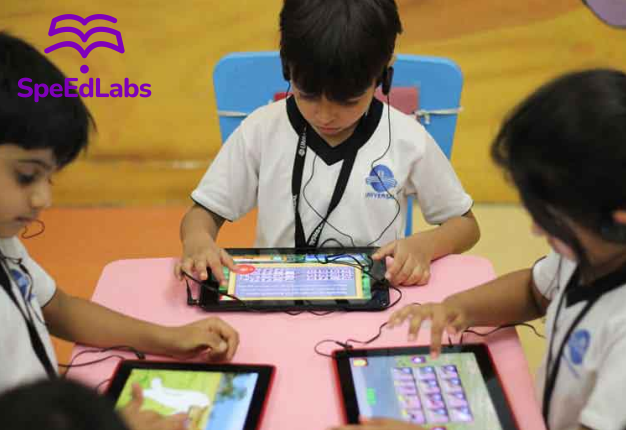Digital educational games, whose chief purpose is not pure entertainment, present content with stimulated context when compared to traditional educational formats such as textbooks.
ZPD is defined as the zone of proximal development in the brain and is considered the sweet spot of learning. It is the difference between what a learner can do without help and what they can achieve only with help, such as guidance, persistence, and encouragement.
With an increasing amount of research suggesting that video games help in stimulating the ZPD, educational games have been breaking into the K-12 mainstream. Successfully designed games tend to aim towards a player’s ZPD, where a player can succeed, but only through effort and some struggle. Games, therefore measure player skill and then provide an appropriate response (feedback, consequences, next actions) based on that information.
Growth Mindset Enhancement:
Decades of research by scholars have found that different beliefs (or mindsets) about one’s ability can result in different learning behavior and outcomes. People with a fixed mindset believe that abilities are fixed, either innate or fully developed in one’s early life stages. By contrast, people with a growth mindset believe that abilities can be developed through learning and practice; therefore, if one puts extra effort into learning tasks, one’s abilities can grow incrementally through practice.
Researchers and video game experts believe Edu games can support building a growth mindset in students in a variety of ways:
- Leveling up. Students feel a sense of accomplishment when they reach target scores and are motivated to engage as they advance, learn, and achieve in the program.
- Learning from mistakes. Games provide students with a safe place to make mistakes, learn, and ultimately succeed over them and correct them.
- Visualize growth and progress. Games utilize features such as progress maps and statistics to show a player where they have the potential to progress. Daily top scores motivate them to continue trying.
- Experiencing growth. Students experience growth when they have opportunities to evolve, take on new abilities, or earn add-ons with tasks in their games.
- Real-life growth. Apps with game-like elements, transfer growth to real-life by tracking progress towards learning and knowledge.
Also published on Medium.
